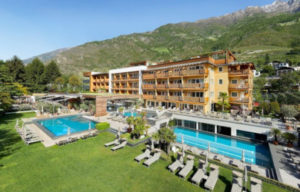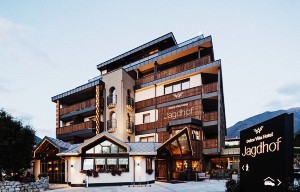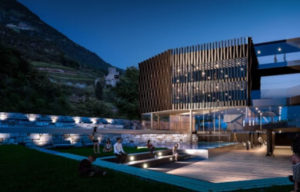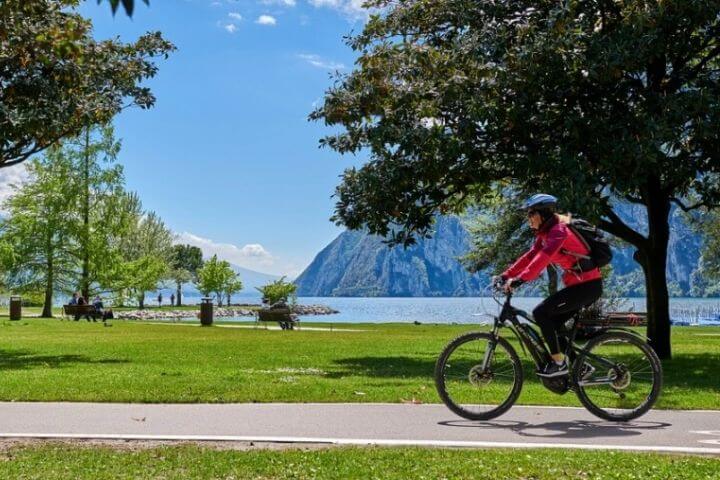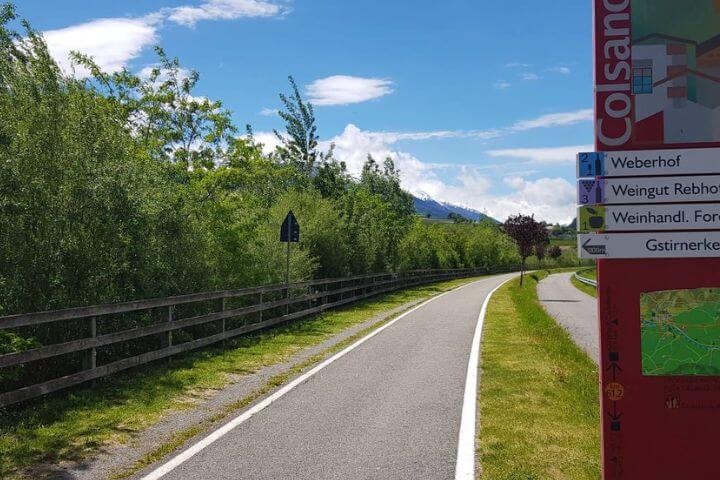Val Venosta Railway
Timetables
Here you will find the current timetables of the Val Venosta railway, which takes you comfortably from Merano to Mals and back. Please note the evening and weekend restrictions and the rail replacement service.
Railway line through the Val Venosta: from Merano to Mals

History of the Val Venosta Railway
The railway line of the Val Venosta runs from Mals in Val Venosta to Mediterranean Merano. Originally, in 1906, the Val Venosta railway was planned as part of an Alpine crossing west of the Brenner. The railway line of the planned Reschen railway was supposed to cross the Reschen Pass and lead through the Inn Valley to Landeck station. The "Reschen Railway" project could not be realized due to the end of World War I and thus the division of Tyrol. The Val Venosta railway was taken over by the Italian State Railways. In 1990, the railway line was finally closed due to an ever-increasing deficit. Passenger transport shifted to buses on the road until the railway line and stations were renewed and restored. On May 5, 2005, the Merano-Val Venosta line was reopened. Today, the train through the Val Venosta is one of the most modern in Italy. From the opening, the train through the Val Venosta ran hourly, in 2006 the half-hourly service was introduced during peak hours. Especially in summer months, trains are often overcrowded, so the EventCard was introduced for bikers. The EventCard allows you to rent bikes at selected stations, so you don't have to transport your own bike on the train.
Vacation in South Tyrol
Technical Information
12 diesel-electric railcars Stadler GTW 2/6, designated as ATR 100-001 to 012, the individual elements as ATR 101, 102 and 103
| Track gauge | 1435 mm |
|---|---|
| Vehicle width | 300 cm |
| Entry width | 132 cm |
| Seats | 104 |
| Standing places | 124 (4 pers./m²) |
| Bike spaces | 15 |
| Diesel engine | 2*380 kW MAN-turbodiesel commonrail |
| Power transmission | Electric, asynchronous motors |
| Max. power at wheel | 600 kW |
| Starting tractive force | 80 kN |
| Max. acceleration | 1.05 m/s |
| Maximum speed | 140 km/h |
Track Restoration
Over a length of almost 60km, the Val Venosta train climbs about 700 meters in altitude. Particularly from Merano via Marling up to Töll, a large difference in altitude is overcome. The railway leads through three tunnels and a gallery. During the restoration of the Val Venosta railway, special safety measures were carried out in this section, as the terrain is geologically extremely difficult. Due to the high-quality superstructure, a maximum of 70 km/h is reached in most curved sections. On straight and flat sections, the speed limit of the Val Venosta railway was set to 100km/h.
Safety Systems
A modern electronic interlocking system, which meets the highest safety level in railway applications, is responsible for the safety of the Val Venosta railway. It enables remote-controlled monitoring of traffic on the Merano - Mals railway line, so service braking can be triggered if necessary if the speed limit is exceeded by the train driver, and even emergency braking can be initiated. Passenger information is also integrated into the control system. Train arrivals, delays, track changes, etc. are automatically communicated to passengers via electronic displays and loudspeakers. The 31 level crossings - secured with warning signals and barrier systems - are also integrated into this safety system.
Accessibility
With the aim of being a model for public transport, the railway and stations were built to be handicapped-accessible. Stations, platforms, parking lots, sanitary facilities, restaurants, and cafes were examined in a study and classified as accessible.
Historical Stations
Many of the stations in South Tyrol date from the imperial era. The stations on the Merano-Mals route are a special cultural monument. During the reactivation of the railway in 2005, the station buildings were restored to excellence. A modular building block principle by architect Wilhelm von Flattich, who built the stations of the Brenner railway in 1867 and the Puster Valley railway in 1870, created the stations in the Val Venosta.
Merano Station
Important city and regional buses are connected to the trains at Merano station. The Merano station is thus an important transport hub and makes traveling without a car possible. Open Merano station detail page
Bike routes
Discover the cycle paths around Bolzano, Merano, in the Vinschgau and Passeier Valley. South Tyrol offers over 400 km of cycle paths for families and sports enthusiasts.

Vinschgau-Val Venosta: Reschen to Merano
One of the most beautiful and diversified bike paths in the Alpine region.
Details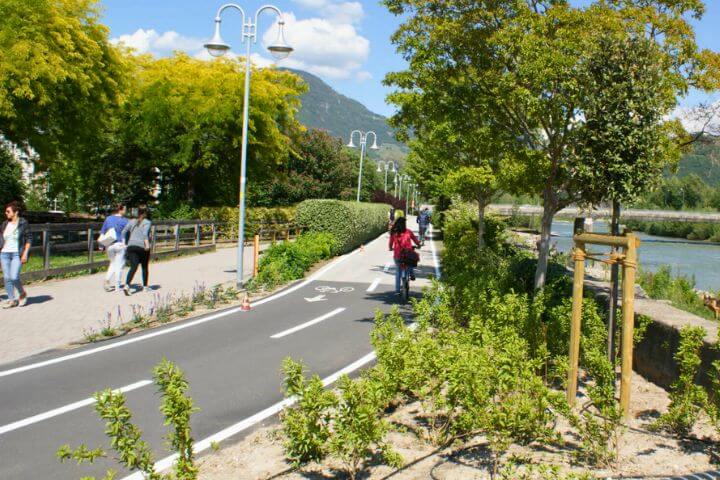
Etschtal: Merano to Bolzano
The Apple Cycle Path connects Meran and Bozen with almost no incline.
Details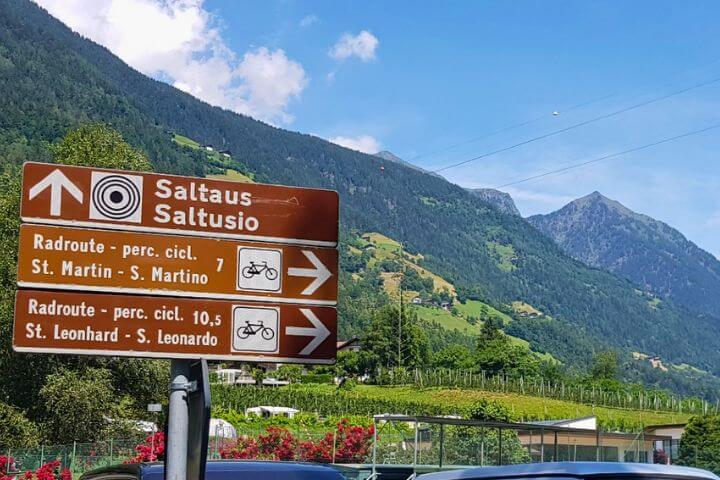
Passeier Valley
The bike path winds its way into the Passeiertal valley on a gentle gravel trail, passing through orchards, vineyards, and a golf course, before continuing through meadows to St. Leonhard.
Details
